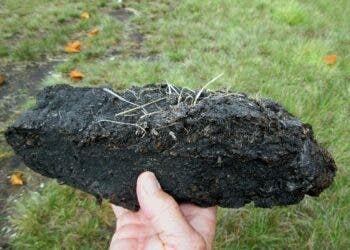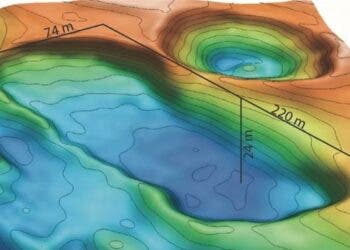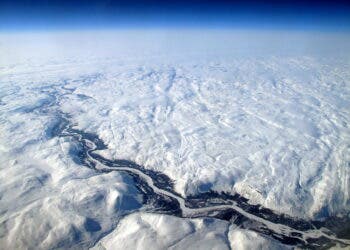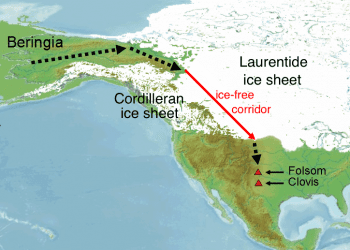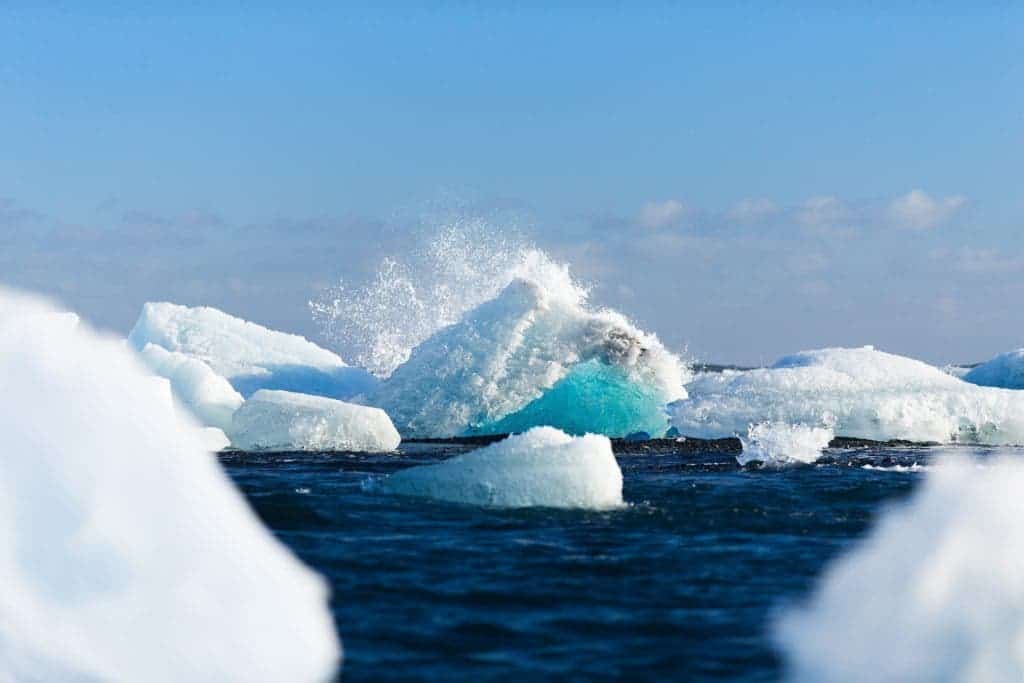
The 11th Arctic Report Card released today at the annual American Geophysical Union in San Francisco suggests the Arctic is in its poorest shape ever. Air temperatures in 2016 were off the charts, delaying the fall sea ice freeze-up and leading to extensive melting of Greenland ice sheet and land-based snow cover.
“Rarely have we seen the Arctic show a clearer, stronger or more pronounced signal of persistent warming and its cascading effects on the environment than this year,” said Jeremy Mathis, director of NOAA’s Arctic Research Program. “While the science is becoming clearer, we need to improve and extend sustained observations of the Arctic that can inform sound decisions on environmental health and food security as well as emerging opportunities for commerce.”
Artic warming twice as fast as the global average. It’s 3.5 degrees Celsius warmer now than in 1900
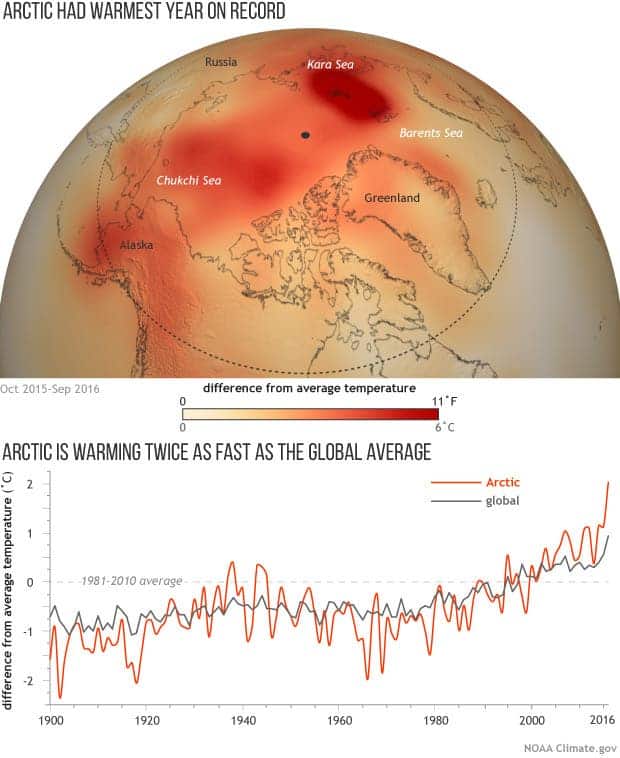
[panel style=”panel-info” title=”Major findings from the report” footer=”Arctic Report Card”]
- Warmer air temperature: Average annual air temperature over land areas was the highest in the observational record, representing a 6.3 degree Fahrenheit (3.5 degree Celsius) increase since 1900. Arctic temperatures continue to increase at double the rate of the global temperature increase.
- Record low snow cover: Spring snow cover set a record low in the North American Arctic, where the May snow cover extent fell below 1.5 million square miles (4 million square kilometers) for the first time since satellite observations began in 1967.
- Smaller Greenland ice sheet: The Greenland ice sheet continued to lose mass in 2016, as it has since 2002 when satellite-based measurement began. The start of melting on the Greenland ice sheet was the second earliest in the 37-year record of observations, close to the record set in 2012.
- Record low sea ice: The Arctic sea ice minimum extent from mid-October 2016 to late November 2016 was the lowest since the satellite record began in 1979 and 28 percent less than the average for 1981-2010 in October. Arctic ice is thinning, with multi-year ice now comprising 22 percent of the ice cover as compared to 78 percent for the more fragile first-year ice. By comparison, multi-year ice made up 45 percent of ice cover in 1985.
- Above-average Arctic Ocean temperature: Sea surface temperature in August 2016 was 9 degrees Fahrenheit (5 degrees Celsius) above the average for 1982-2010 in the Barents and Chukchi seas and off the east and west coasts of Greenland.
- Arctic Ocean productivity: Springtime melting and retreating sea ice allowed for more sunlight to reach the upper layers of the ocean, stimulating widespread blooms of algae and other tiny marine plants which form the base of the marine food chain, another sign of the rapid changes occurring in a warming Arctic.
[/panel]
The report clearly states that temperatures recorded in the Arctic from January until September of 2016 have never been this high in modern history. This is a critical point because we now not only have melting during the summer but also during some days of winter.
Driven by this unprecedented warming, we’re now faced with the second lowest level of Arctic sea ice ever recorded at the summer minimum in September. As reported previously by ZME Science, the Arctic showed a sea ice area 753,000 square miles below the 1981 to 2010 long-term average at the end of November.

There’s no question in anybody’s mind that this worrisome trend is caused by carbon dioxide buildup in the atmosphere. To make this worse, the Artic traps immense amounts of carbon in its permafrost, parts of which is now exposed. Despite increased plant growth in the Arctic, the region is releasing net carbon into the atmosphere, found the report sponsored by NOAA. It’s believed twice as much organic carbon is locked in the northern permafrost as is currently in the Earth’s atmosphere, so an ice-free Arctic would be a disaster.
“Tundra ecosystems are taking up increasingly more carbon during the growing season over the past several decades, but this has been offset by increasing carbon loss during the winter,” the report’s executive summary reads. “Overall, tundra appears to be releasing net carbon to the atmosphere.”
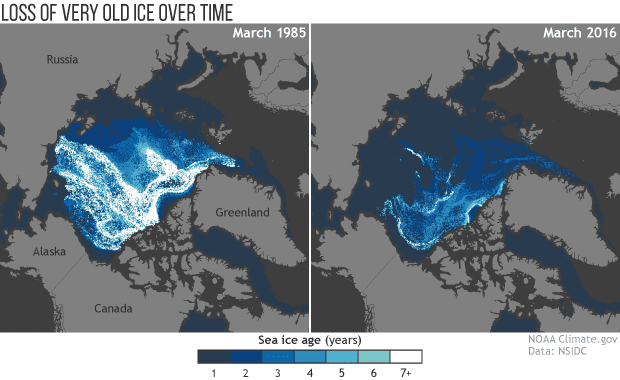
Meanwhile, in the most powerful country in the world, Oklahoma Attorney General Scott Pruitt is set to lead the Environmental Protection Agency, which he repeatedly sued and accused of following an activist agenda. Leading the Department of Energy will be none other than ExxonMobil CEO Rex Tillerson. Feeling threatened, climate scientists are now backing up terabytes of climate data in fear that the new administration might destroy their life work.
